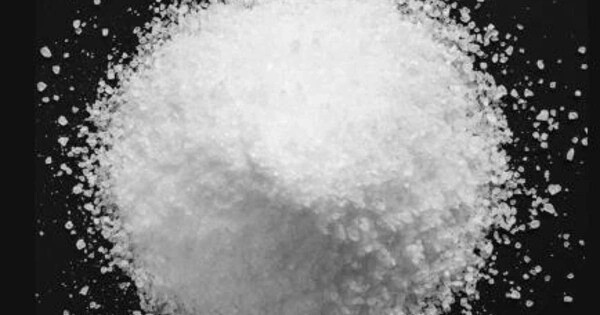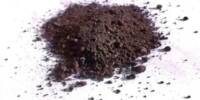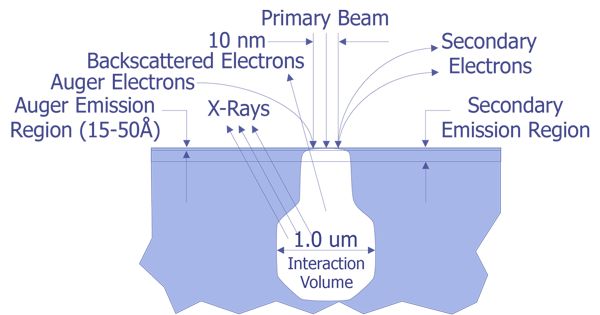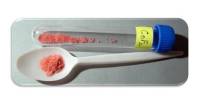Potassium niobate (KNbO3) is an inorganic compound with the formula KNbO3. A colorless solid, it is classified as a perovskite ferroelectric material. It’s a perovskite-type crystal, known for its fascinating electrical, optical, and piezoelectric properties. It exhibits nonlinear optical properties, and is a component of some lasers. Nanowires of potassium niobate have been used to produce tunable coherent light.
Potassium niobate exhibits ferroelectric behavior, meaning it can have a spontaneous electric polarization that can be reversed by applying an external electric field. It’s also known for its nonlinear optical properties, which makes it useful in optical frequency conversion, such as in the creation of tunable lasers. Like many perovskite structures, potassium niobate can also convert mechanical stress into electrical charge, and vice versa.
Properties
- Chemical formula: KNbO3
- Molar mass: 180.003 g·mol−1
- Appearance: White rhombohedral crystals
- Density: 4.640 g/cm3
- Melting point: ≈ 1100 °C
Structure
On cooling from high temperature, KNbO3 undergoes a series of structural phase transitions. At 435 °C, the crystal symmetry changes from cubic centrosymmetric (Pm3m) to tetragonal non-centrosymmetric (P4mm). On further cooling, at 225 °C the crystal symmetry changes from tetragonal (P4mm) to orthorhombic (Amm2) and at −50 °C from orthorhombic (Amm2) to rhombohedral (R3m).
Occurrences
Potassium niobate is a synthetic material and is not commonly found in nature as a distinct mineral. Instead, it is typically prepared in laboratories or industrial settings through chemical reactions. It is often made by reacting niobium pentachloride (NbCl₅) with potassium carbonate (K₂CO₃) or potassium hydroxide (KOH) at high temperatures.
However, niobium (Nb) itself is naturally occurring in several minerals, such as:
- Columbite (or niobite)
- Tantalite
- Pyrochlore
These minerals contain niobium in various forms, but potassium niobate specifically is synthesized for technological applications rather than being directly mined.
Applications
Potassium niobate is used in the fabrication of capacitors, sensors, transducers, and in optical devices, including modulators and switches. Given its combination of properties, potassium niobate finds a range of applications in areas such as:
- Electronics (capacitors, piezoelectric devices, actuators)
- Photonics (laser technology, nonlinear optical devices)
- Sensors and actuators (due to its piezoelectric and ferroelectric nature)
Research
In addition to research in electronic memory storage, potassium niobate is used in resonant doubling. This technique allows small infrared lasers to convert output into blue light, a critical technology for the production of blue lasers and technology dependent upon them.
















